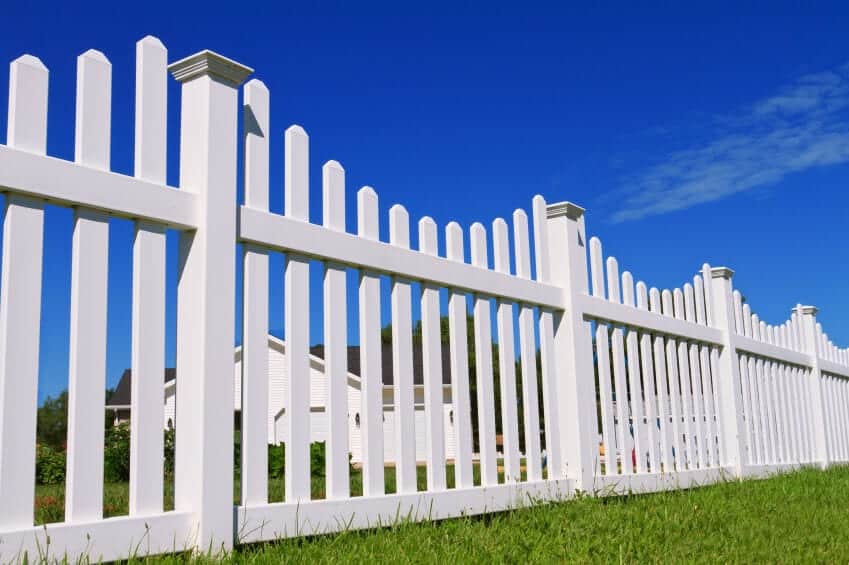
The right fencing option will enhance your outdoor living space. There are several factors to consider when selecting the best fence for your property, so let’s start there.
- Function: What does the fence need to do
- Restrictions: Where can you build it
- Materials: What is in the budget and easy to maintain
- Style: Which fence will look best on your property
What are You Keeping In or Out?
The first step in choosing a fence is to figure out its main purpose. Do you need to keep something in, such as pets or small children? Do you need to keep something out? Such as unwanted visitors or prying eyes.
Maybe you have a garden and need a fence as a border around it. Or you have an unpleasant view you would like to hide. Or you want a beautiful fence.
Knowing what you need the fence to do will help you decide which kind of fence to install.
Where Can You Put the Fence?
Next, you need to make sure you know what restrictions there are on fence placement. Be sure that you know precisely where the property line is. This information is available through your city surveyor’s office or other similar departments.
You also need to find out where any buried utility lines might be, and how far down they are. Call your utility providers to have someone come out and mark where they are. Do not begin digging, or allow workers to dig, until you are sure it is safe to do so.
Finally, you will have to check with your city on the codes involved with building a fence. Does the fence need to be a certain distance from the sidewalk or property line? Are there restrictions on the height of the fence? And so on.
If you live in a Homeowners Association (HOA), there may be other restrictions. There may be rules about color, material, and height. So be sure the check with your HOA.
Material Makes all the Difference
Different fence materials are more suited for specific tasks. For example, tall wooden plants place close together work best for a privacy fence. Where lattice or chain link fences provide a barrier but no privacy.
If your goals are to block a view, you might want trees instead of a fence. Also, tall shrubs might provide the level of privacy you want.
There are many fencing materials available, and they vary in price and attractiveness. Consider the cost of the material you want to use and make sure it will fit within your budget.
You also need to know what kind of maintenance the materials need. For example, wood requires regular treatment to keep it looking beautiful. But, chain link fences need little to no maintenance at all.
When choosing a fencing material, you need to consider how it will look next to your home and landscaping.
A Dash of Style
Once you know:
- What your fence will do
- Where you can install it
- And what materials you want to use
You need to consider the look or style of the fence. The best fencing option will match the style of your home. If you have a country style home and Asian inspired trellis fence might not look well next to it.
Research what kind of fences will match the feel and style of your house. Consider coloring and material texture. Wood or wrought iron might look better next to brick than vinyl or chain link.
Front yard fences are your properties first impression. Consider what passersby will think. Put your fence a foot or two away from the sidewalk and plant some flowers to make it more inviting.
Bringing It All Together
Whether you want your fence to offer privacy, contain your pets, or add a bit of class to your space, choosing the right one is essential. Knowing and deciding the factors listed in this article will make your decision easy.
